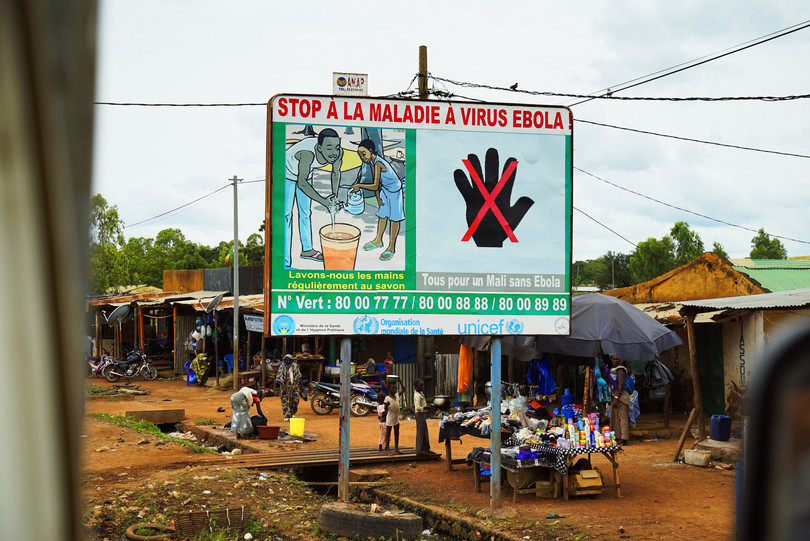Insights from the Global South Public health and development: Infrastructure, social norms, and health behaviours
This Insight uses economics to help explain the persistence of poor public health and explores the role of government spending and other ways to achieve better health outcomes in low-income countries.
Author
Authored by Maria Laura Alzua (CEDLAS, Universidad Nacional de La Plata, Argentina and Partnership for Economic Policy (PEP), Kenya).
29 October 2025
Concepts
Concepts in this Insight are related to material in:
- Unit 3, Unit 4, and Unit 10 of The Economy 2.0: Microeconomics
- Unit 3, Unit 4, Unit 12, and Unit 19 of The Economy 1.0.
- Unit 2, Unit 4, and Unit 11 of Economy, Society, and Public Policy.
Recommended reading before starting this Insight:
- Sections 3.2–3.5 of The Economy 2.0: Microeconomics for an overview of constrained choice problems.
Highlights
- Between 1850 and 2000, mortality in high-income and middle-income countries fell sharply, due to technological improvements, massive infrastructure investments, and campaigns that promoted hygienic behaviours. However, mortality rates remain high in low-income countries, where many treatable diseases are still prevalent.
- High mortality rates are partly due to poor sanitation and lack of clean water. Today, a substantial proportion of the population in many low-income countries still lacks access to drinking water and basic sanitation, and the practice of open defecation is prevalent in many communities.
- The concepts of external effects, multiple equilibria, and crowding out are important to understand individual and government spending on health and individual sanitation behaviours.
- Understanding the pathways through which infectious diseases are transmitted is crucial for designing effective health interventions.
- A big push in government investment in clean water provision and sanitation infrastructure, coupled with national campaigns, is needed to achieve significant health improvements in low-income countries and meet the United Nations’ Sustainable Development Goals.
- While poor governance of health institutions, wars and political unrest, and lack of resources make sanitation investments difficult for low-income countries in the short term, there have been some successful sanitation interventions in these countries.


